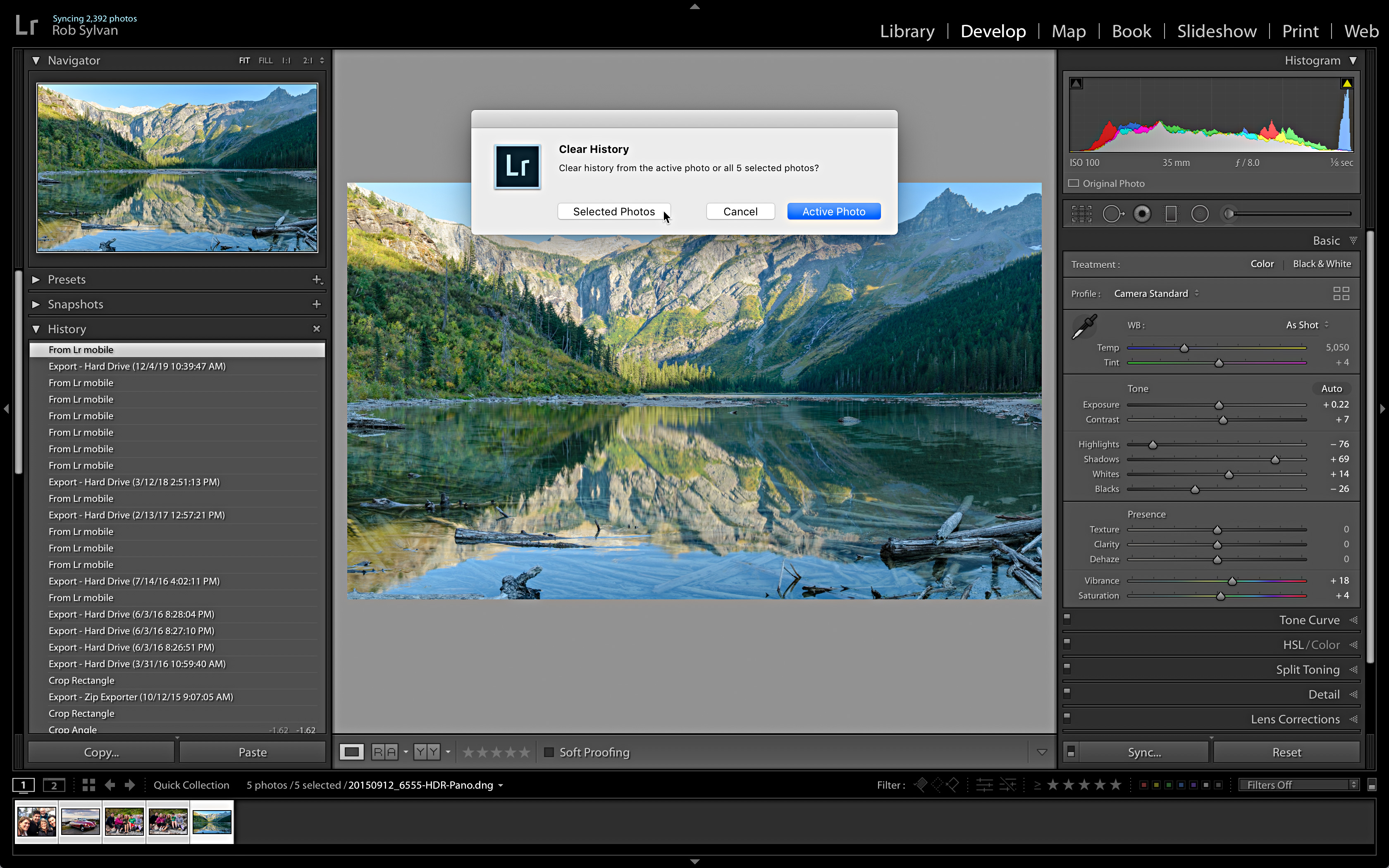
When you import images to Lightroom CC, they’re uploaded to Adobe’s Creative Cloud servers by default and that’s the primary storage location. The editing tools are now very similar, but Lightroom CC’s organising tools are pretty simplistic. Each update brings Lightroom CC closer, but there’s still quite a gulf between these two programs. Lightroom CC does not do everything that Lightroom Classic (the ‘old’ desktop-first Lightroom) does. The other price is in feature limitations.


You can also choose to have a proportion of your images cached locally for convenience, but the whole point of Lightroom CC is that all your images should be available everywhere, at their full resolution and whatever format you choose to use, whether it’s RAW, JPEG, TIFF or whatever. It takes the bold step of moving all your image storage online, using Adobe’s own Creative Cloud servers. Lightroom CC, reviewed here, is the ‘web first’ version.

Lightroom Classic is the ‘old’ Lightroom, using conventional desktop storage and limited synchronisation with Lightroom web and the Lightroom mobile apps on a collection by collection basis using lower resolution Smart Previews, a kind of editable RAW ‘proxy’ file. See also: Best image editing software – what to look for, how to choose.Lightroom CC vs Lightroom Classic: the key differences explained.Lightroom CC and Lightroom Classic share the same name and many of the same tools, but really they are completely different products heading in completely different directions.


 0 kommentar(er)
0 kommentar(er)
